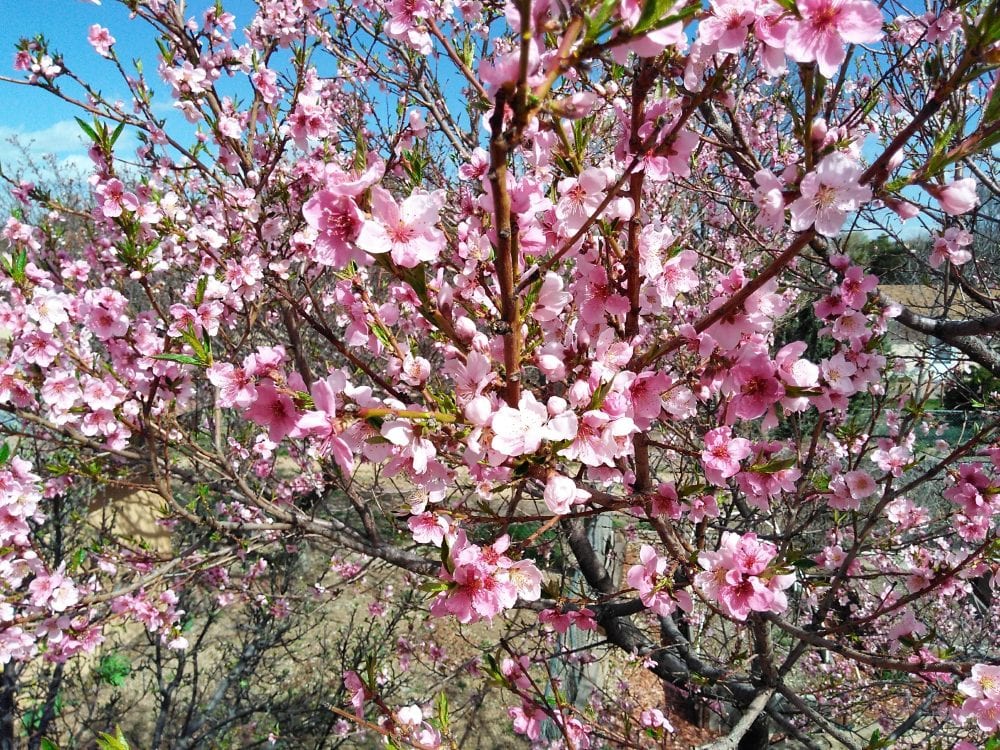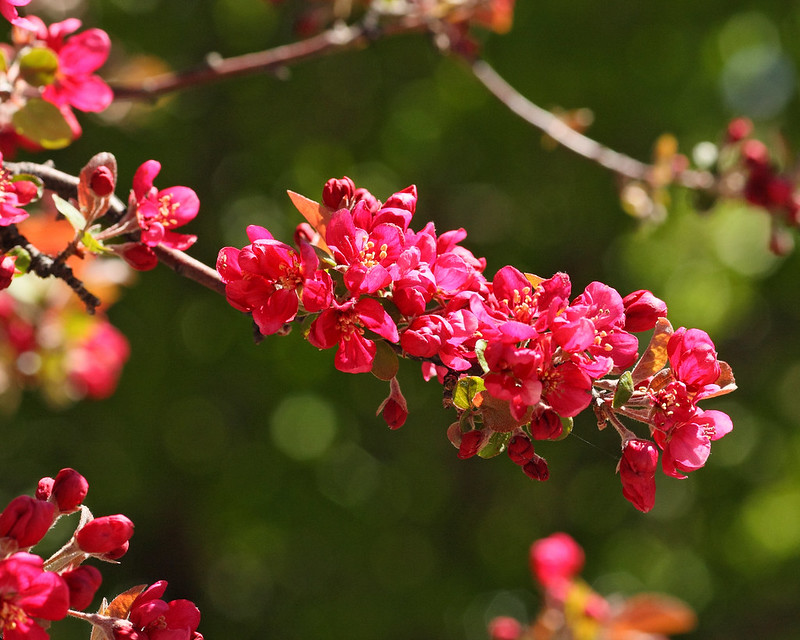
By Chris Michel
ISA Certified Arborist, CM ArborCare
Fruit trees will be flowering soon. Apricots, peaches, and cherries should soon be showing their full glory, followed closely by pears and plums. Last, but not least, are our dear apples. We get to experience their beauty for a few weeks every year, but have you ever wondered how the tree decides when to flower? And what has to happen for these flowers to turn into fruit that can be enjoyed in the summer and fall?
Fruit trees begin their flowering process in the winter, while dormant. They require a certain amount of cold dormancy before the flowering process can begin in the spring. This exposure to cold temperatures is called vernalization and can be recorded by counting “chill hours”.

Chill hours are the amount of time the trees endure temperatures between 32˚F and 45˚F. Based on the tree species they need to accumulate a certain number of chill hours before they begin to come out of dormancy. After the tree has chilled out for the winter it will need a certain number of warmer days before the flowering process begins. This is also species dependent and is why we have different types of fruit trees flowering at different times in the spring.
When the tree begins flowering it sends energy stored in the roots up through the branches to make the flowers grow. This is reserve energy that it has been holding onto all winter. It is also energy that the tree will not get back until it leaves out fully and can begin photosynthesis.
The tree does not gain any energy from the flowers, they are only there to attract pollinators and hopefully produce fruit. While some trees can be pollinated by wind, most fruit trees require bees or other insects to spread the pollen from flower to flower.
Apricots, peaches and sour cherries are self-pollinating, meaning they do not need another tree to pollinate. Most apples, pears, plums and sweet cherries will need another variety of the same type of tree to cross pollinate and get fruit. Historically, but not recently, New Mexico often gets a late freeze in the middle of spring which can eliminate the fruit crop from early blooming trees such as apricots.
Celebrate Arbor Day by having a new fruit tree planted on your property. CM ArborCare is collaborating with Petree Nursery and Garden Center to plant trees with local youth to honor National Arbor Day on April 24, 2020. We will be planting trees in Los Alamos and White Rock on this day. Fruit trees and ornamentals are available at discounted rates with this program. Call 500-4682 or visit www.cmarborcare.com for more details.

Very nice information and fascinating